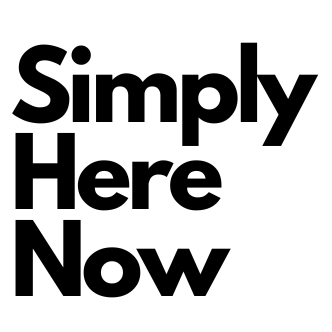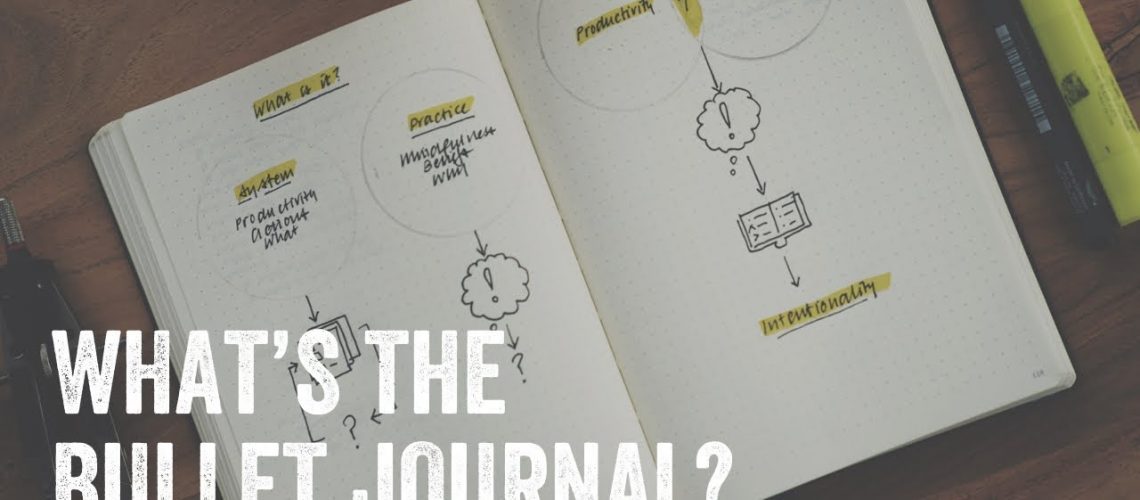Track the Past, Order the Present, Design the Future
For years Ryder Carroll tried countless organizing systems, online and off, but none of them fit the way his mind worked. Out of sheer necessity, he developed a method called the Bullet Journal that helped him become consistently focused and effective. When he started sharing his system with friends who faced similar challenges, it went viral. Just a few years later, to his astonishment, Bullet Journaling is a global movement.
The Bullet Journal Method is about much more than organizing your notes and to-do lists. It’s about what Carroll calls “intentional living”: weeding out distractions and focusing your time and energy in pursuit of what’s truly meaningful, in both your work and your personal life. It’s about spending more time with what you care about, by working on fewer things.
- Track the past: Using nothing more than a pen and paper, create a clear and comprehensive record of your thoughts.
- Order the present: Find daily calm by tackling your to-do list in a more mindful, systematic, and productive way.
- Design the future: Transform your vague curiosities into meaningful goals, and then break those goals into manageable action steps that lead to big change.
The Bullet Journal Method Animated Summary by Productivity Game
Key Takeaways
The Bullet Method takes an old fashioned physical notebook and turns it into an all in one daily planner, note taking device and journal.
The Three Bullet Journal Practices
1. Rapid Logging use a system of symbols and short form notation that turns thick paragraphs of text into bite sized pieces of information. The result is a minimalist approach to organizing information.
• = tasks, the things you need to do
o = events, experiences you want to document
— = Notes, information you don’t want to forget.
- When you use a dot, circle or a dash to enter information, use a method of keywords to make the entry as short as possible without losing meaning.
- Put an X over any complete task.
2. Migrating You can think of migrating as moving into a new house and deciding which items in your closet you want to pack up and bring with you. Ask yourself “Do I really need to do this?”
- In your bullet journal, your daily log is your current home.
- At the end of the day you need to migrate any unfinished items in your daily log and put it in one of three new homes: tomorrow’s daily log, current monthly log, or the future log.
- The Bullet Journal make sure no tasks gets ignored. It forces you to rewrite all old tasks until they’re done.
- The simple act of pausing before rewriting an item, prevents you from being a hoarder and creating a non-essential list of action items.
- When you’re looking at an unfinished item, and you don’t want to migrate it, simply cross it out.
If you decided an item is worth rewriting, you have 3 choices:
1. Do it tomorrow, and then rewrite the task in tomorrows daily log.
2. If you cant do it tomorrow, decide to do it later in the month, and rewrite the task in the current monthly log.
3. Push it out further and decide to do it later in the year. Rewrite the task in the future log or monthly log.
Monthly Log/Future log are temporary storage spots for tasks. Contains the 12 months of the year.
- Each day, scan the current monthly log and search for items that you can complete on the current day.
3. Indexing the beauty of the bullet journal is that you always know where to capture your next note. In your one notebook, at the last place you left off. This can be problematic for all your project notes.
The Index is a dynamic table of contents at the front of your notebook.
- Shows the page numbers for your future log and all your monthly logs.
- You’ll always know exactly where to find key collections of information.
“If our lives are oceans, our days are waves, some big, some small, the bullet journal is the shore.” -Ryder Carroll


